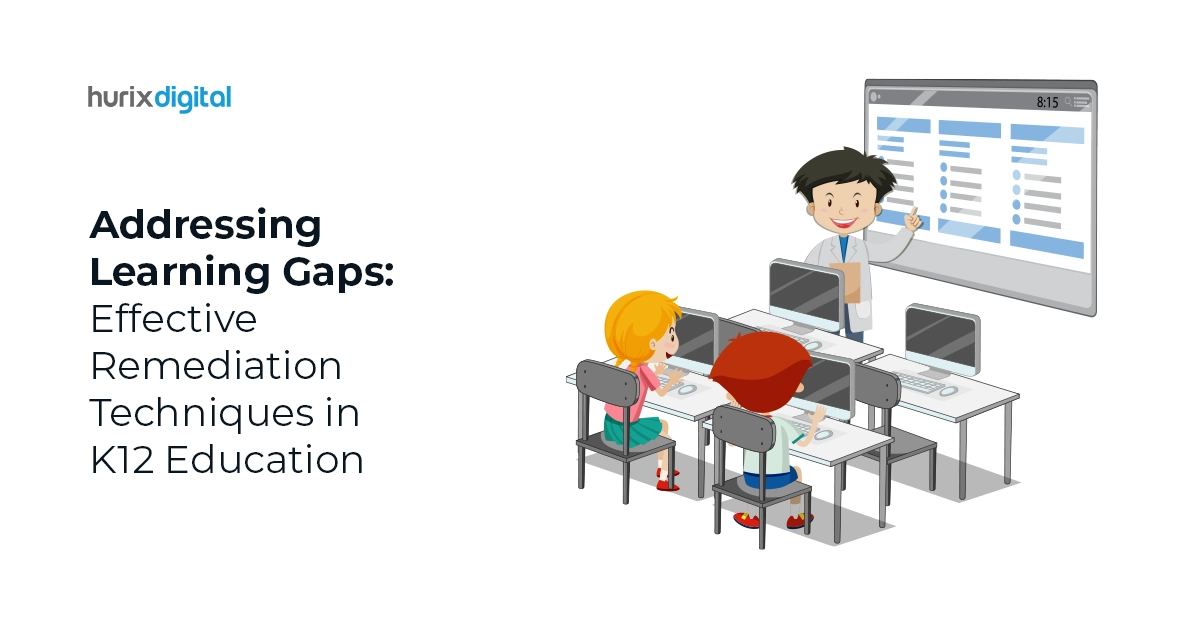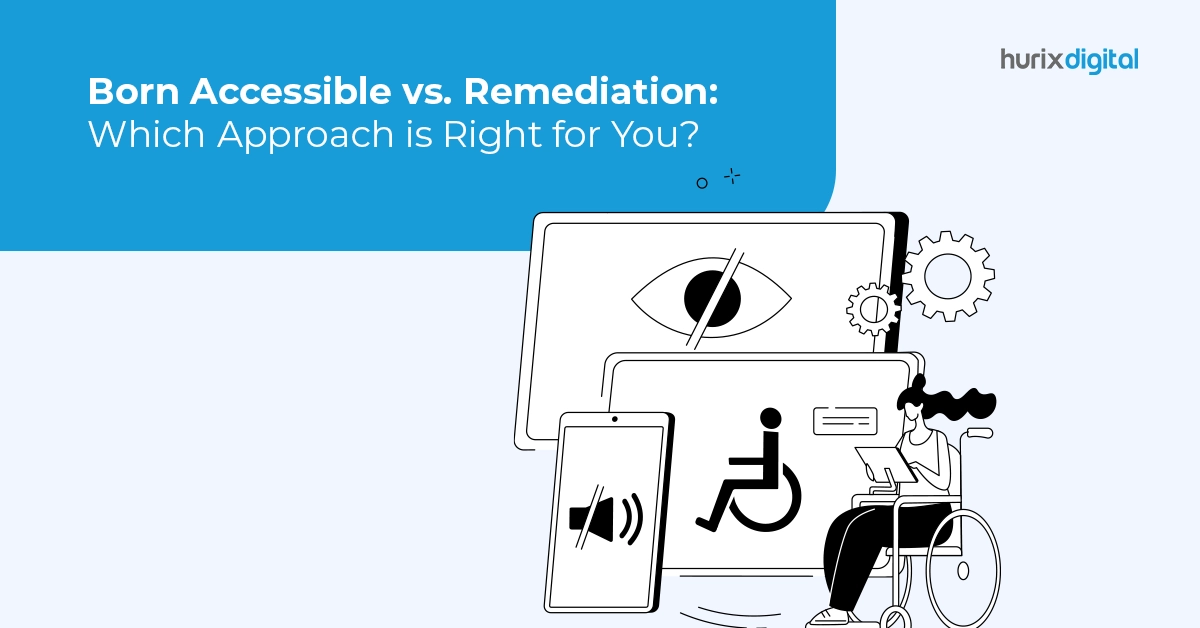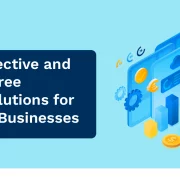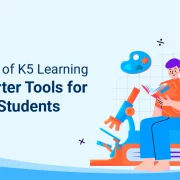
Addressing Learning Gaps: Effective Remediation Techniques in K12 Education
Summary
Explore effective techniques for addressing learning gaps in K12 education. This article provides strategies for identifying and remedying gaps to support student success.
In the field of K12 education, addressing the learning gaps that students inevitably experience is one of the most important issues confronting teachers. These gaps stem from diverse factors, such as individual circumstances, learning styles, and variations in prior knowledge.
To ensure every student has equal opportunities to learn and succeed, teachers must employ efficient remediation strategies.
This blog outlines the most creative and effective approaches to closing learning gaps in K12 education. Read on!
Table of Contents:
- What are Learning Gaps in Education?
- Five Types of Learning Gaps
- K12 Education Remediation Strategies for Enhanced Learning
- Emerging Trends in Data-Driven Remediation Techniques for K12 Education
- Wrapping Up
What are Learning Gaps in Education?
A learning gap refers to the difference in a student’s knowledge or abilities between what they currently know and what they ought to have learned.
When vital lessons are missed, students may need extra support to comprehend key concepts, hindering their overall understanding of a subject.
These gaps can arise from differences in teaching methods, personal experiences, or background knowledge, posing potential obstacles to a student’s prospects and impeding cognitive growth.
Also Read: Augmented Reality (AR) in Education: Transforming K12 for the Digital Age
Five Types of Learning Gaps
Below are the major types of learning gaps:
1. Conceptual Gaps
These are the times when pupils require assistance in understanding the underlying theories or concepts of a given subject. Since these are foundational concepts, a lack of understanding can lead to learning challenges in future discourses.
2. Skill Gaps
When students require assistance completing tasks or assignments related to a particular subject, they are said to have skill gaps.
Students who have trouble with algebraic problems, for example, might require more basic arithmetic skills. Prerequisite exams and revisions aimed at strengthening weak areas help students identify their areas for improvement.
3. Knowledge Gaps
These occur when pupils require additional comprehension of a particular subject. For example, students may find it difficult to fully understand certain scientific concepts or occurrences because they haven’t been introduced to them yet.
4. Language Gaps
When students have trouble with academic terminologies or language, they are said to have linguistic gaps. Their ability to comprehend academic literature and effectively express themselves in written or spoken projects may be hindered as a result.
5. Cultural Gaps
Cultural gaps can arise because students with distinct cultural identities may have particular knowledge or viewpoints that influence their learning. The use of language, beliefs, and social norm variations are a few examples.
K12 Education Remediation Strategies for Enhanced Learning
Educational remediation programs aim to assist students who are having difficulty with a particular subject or skill in overcoming their obstacles and achieving better academic results.
Here are some effective remediation strategies to boost learning outcomes for K12 students:
1. Explore Learning Gaps
Educators need to determine the precise spots of learning gaps before they can correct them. A range of assessment techniques, such as formative evaluations, standardized testing, and observations, can be used to achieve this.
Through the collection and comparison of student performance data with learning objectives, educators can identify specific areas in which students may be experiencing difficulties and require remediation.
2. Create Personalized Plans
Learning opportunities are tailored to a student’s specific areas of potential and development using a personalized learning model. It lessens learning gaps while enabling students to acquire knowledge in their preferred manner and at their speed.
A high level of personalization can be attained with the aid of a strong digital learning platform. Additionally, it can provide simple formative assessments that make it possible for teachers to gauge each student’s present academic standing. This can assist students who severely require expedited intervention in addressing the effects of interrupted education.
3. Foster Social-Emotional Growth
A methodology known as social-emotional learning (SEL) assists K12 students in better understanding their feelings, experiencing them to the fullest, and exhibiting empathy for others.
Following their instruction, students apply these new behaviors to make wise decisions, set up plans for achieving their objectives, and cultivate wholesome interactions with others.
This improves the learning experiences of students by around 11 percentile and boosts a positive attitude towards school, classmates, and teachers.
4. Embrace Collaborative Learning
To close learning gaps, collaborative learning can also be a useful remediation strategy.
Through group projects, conversations, and activities, teachers can foster a collaborative learning environment where pupils can share knowledge and get past obstacles. Peer support, analytical abilities, and a feeling of community are all enhanced by collaborative learning for students.
5. Small-Group Education
Instruction in small groups is another tried-and-true method for closing learning gaps. Teachers can offer focused instruction and support to students who are falling behind their peers by assigning them to groups according to their present state of proficiency.
Small group instruction enables teachers to provide tailored feedback and support while differentiating their instruction to match the varied needs of their students.
6. Integrate Ed-Tech Tools
In the digital age we live in today, technology can be a very effective tool for closing the learning gaps in K12 education.
Teachers can provide students with individualized instruction by utilizing digital platforms, online resources, and educational apps. Students can work at their own pace, get quick feedback, and have access to an abundance of learning resources with the aid of technology.
Emerging Trends in Data-Driven Remediation Techniques for K12 Education
Data-driven remediation techniques appear to have a bright future as long as technology keeps developing.
Here are some of the popular remediation trends to check out in 2024:
1. Learning Management System
Learning Management System, with real-time data collection and analysis, provides teachers with immediate feedback, enabling them to modify their pedagogical approaches quickly.
For instance, if a student is having trouble understanding a certain concept, the instructor can spot the problem right away and offer focused assistance.
2. Algorithms for Machine Learning
With the use of these algorithms, teachers can make data-driven decisions regarding curriculum development, instructional tactics, and intervention strategies by spotting recurring trends and patterns in student data.
3. Data Visualization Tools
These resources assist teachers in converting intricate information into graphical displays, like graphs and charts, which facilitate the interpretation and pattern recognition of the data.
For instance, a teacher can use a graph to show how each student has progressed over time and pinpoint areas that might require more help.
Also Read: Elevate Education By Amalgamating K12 Learning Outdoors
Wrapping Up
When it comes to K12 education, educators need to be proactive in addressing learning gaps for better student success.
With relevant academic intervention techniques and the utilization of emerging trends like data-driven remediation tools, educators can make significant strides in closing learning gaps and ensuring a more equitable educational experience for all students.
If you’re seeking remediation solutions for K12 students, consider teaming up with Hurix Digital. Thanks to our creative approach to learning design, we produce personalized content that fulfills your educational goals and raises student achievement.
Contact us for further details today!

Senior Vice President – Business Development
Over 25 years of experience in the edtech and workforce learning industry with strong skills in Business Development, Customer Relationship Management (CRM) and Strategy.




